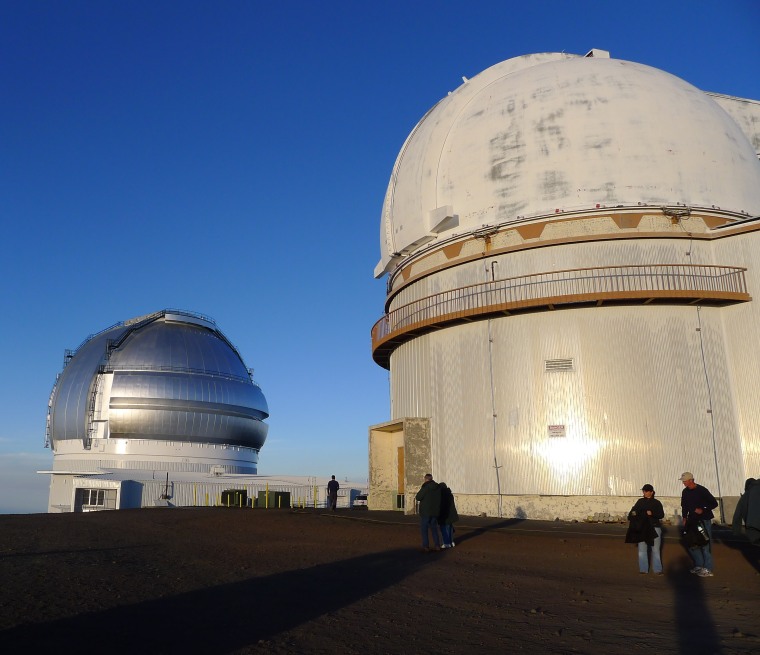The oldest observatory on Mauna Kea in Hawaii is slated for a $6 million renovation in 2016 that will transform the University of Hawaii’s 2.2-meter telescope into a “modern robotic telescope” able to open and close its dome automatically and make pre-programmed scans of the night sky.

“It’s a huge improvement,” Guenther Hasinger, director of the University of Hawaii’s Institute for Astronomy, told the Hawaii Tribune-Herald. With the help of adaptive optics to adjust for the distortion in the atmosphere, Hasinger said that the 2.2-meter telescope could rival the Hubble Space Telescope.
Hawaii Governor David Ige had previously urged the early decommission of 25 percent of the telescopes on Mauna Kea by the time the contested $1.4 billion Thirty Meter Telescope (TMT) was constructed. Three telescopes had been identified to be decommissioned: the University of Hawaii’s Hoku Kea teaching telescope, the Caltech Submillimeter Observatory, and the UKIRT Observatory — formerly known as the United Kingdom Infrared Telescope.
But now that the Hawaii Supreme Court has vacated the TMT’s construction permit after challenges by Native Hawaiian and environmental groups, it is unclear what will happen next.
According to the Hawaii Tribune-Herald, some of the funding for the renovation of the 2.2-meter telescope has been redirected from money earmarked by the state legislature to decommission the University of Hawaii’s Hoku Kea teaching telescope.
Built in 1970, the success of the 2.2-meter telescope helped identify Mauna Kea as one of the best sites in the world for astronomy. According to the University of Hawaii, the most famous discovery made by the 2.2-meter telescope was the existence of the Kuiper Belt beyond Neptune. Pluto is now considered the largest Kuiper Belt object rather than the solar system’s ninth planet, as previously thought.
Follow NBC Asian America on Facebook, Twitter, and Tumblr.
RELATED